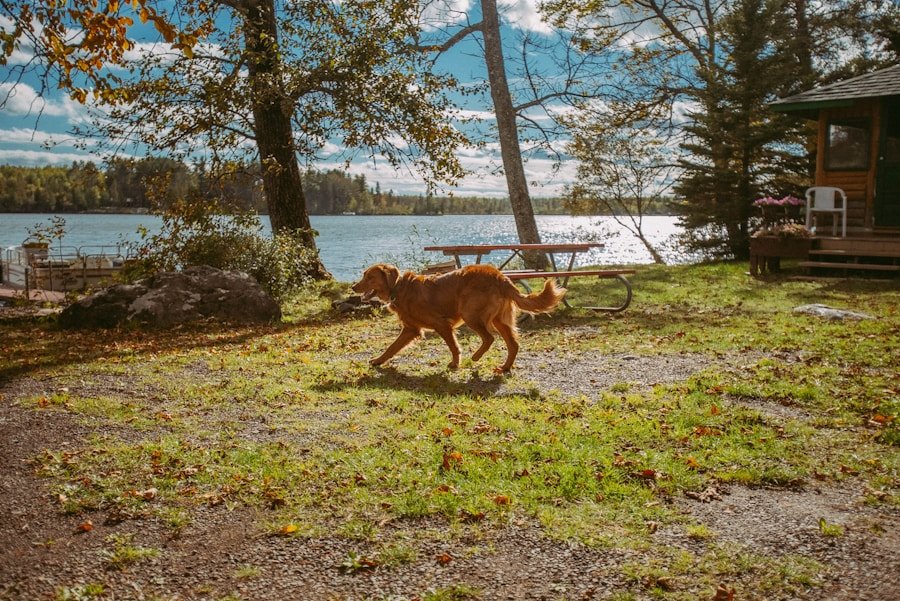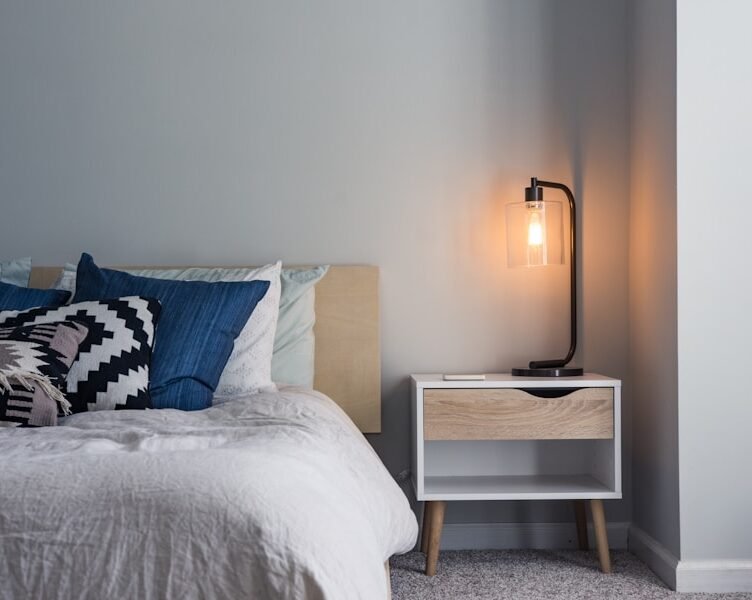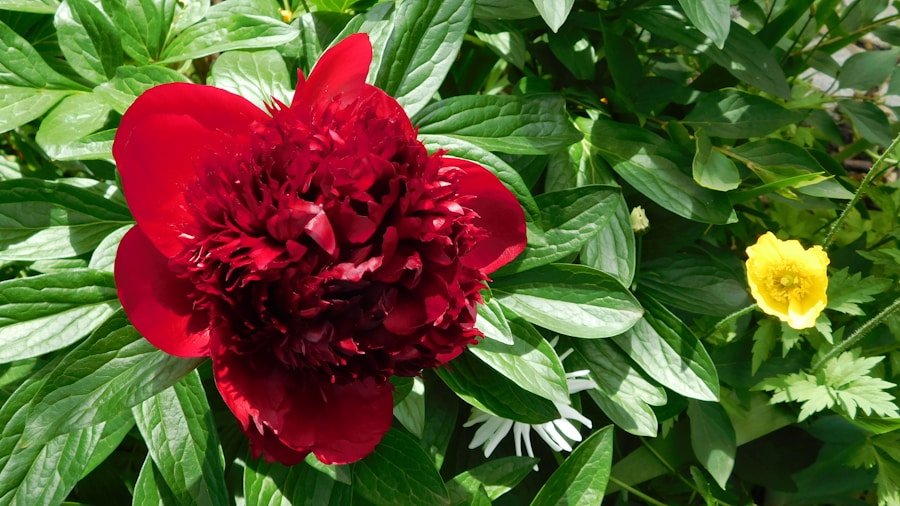When selecting indoor plants, it is essential to consider the potential risks they may pose to our pets. Many common household plants are toxic to animals if ingested, causing symptoms that range from mild gastrointestinal upset to severe health problems. Therefore, it is vital to choose pet-friendly indoor plants that do not pose a threat to our pets’ health.
In addition to mitigating potential health risks, pet-friendly indoor plants can also contribute to the overall well-being of our pets. Scientific research has demonstrated that plants can improve indoor air quality by removing toxins and releasing oxygen, which benefits both humans and animals. By selecting the right indoor plants for our homes, we can create a safe and healthy environment that allows our pets to thrive.
Key Takeaways
- Understanding the importance of pet-friendly indoor plants is crucial for keeping your furry friends safe and happy.
- Choose the right pet-friendly indoor plants for your home by considering your pet’s behavior and potential toxicity of the plants.
- Caring for pet-friendly indoor plants involves proper watering, lighting, and placement to ensure the well-being of both your plants and pets.
- Avoid common toxic plants in a pet-friendly home to prevent any potential harm to your pets.
- Integrate pet-friendly indoor plants into your home decor to create a safe and happy environment for your pets while adding a touch of greenery to your space.
Choosing the Right Pet-Friendly Indoor Plants for Your Home
Popular Pet-Friendly Options
When it comes to selecting pet-friendly indoor plants, there are a variety of options to choose from that are both safe for pets and visually appealing. Some popular choices include spider plants, Boston ferns, and African violets, all of which are non-toxic to cats and dogs. These plants not only add a touch of greenery to your home but also provide a safe and enriching environment for your pets.
Doing Your Research
It’s important to do your research before bringing any new plants into your home, as some varieties may still pose a risk to pets. When choosing pet-friendly indoor plants, consider factors such as the plant’s toxicity level, ease of care, and how it will fit into your home’s aesthetic.
Creating a Safe and Happy Environment
By taking the time to select the right plants for your space, you can ensure that your pets will be safe and happy in their environment.
Tips for Caring for Pet-Friendly Indoor Plants
Once you’ve chosen the right pet-friendly indoor plants for your home, it’s important to understand how to care for them properly. Different plants have different needs when it comes to light, water, and temperature, so it’s essential to research the specific requirements of each plant you bring into your home. Providing the proper care for your indoor plants will not only help them thrive but also ensure that they remain safe for your pets.
In addition to regular watering and proper lighting, it’s important to keep an eye out for any signs of distress in your pet-friendly indoor plants. Yellowing leaves, drooping stems, or signs of pests could indicate that your plant is not receiving the care it needs. By staying attentive to the needs of your plants, you can help them stay healthy and safe for your pets to be around.
Common Toxic Plants to Avoid in a Pet-Friendly Home
| Indoor Plant | Toxicity Level | Safe for Pets |
|---|---|---|
| Aloe Vera | Mild | No |
| Boston Fern | Non-Toxic | Yes |
| Spider Plant | Non-Toxic | Yes |
| Areca Palm | Non-Toxic | Yes |
| Money Plant | Non-Toxic | Yes |
While there are many pet-friendly indoor plants to choose from, there are also several common houseplants that can be toxic to pets if ingested. Some of these toxic plants include lilies, aloe vera, and philodendron, all of which can cause a range of symptoms in pets such as vomiting, diarrhea, and even organ failure in severe cases. It’s important to be aware of these toxic plants and avoid bringing them into your home if you have pets.
In addition to these common toxic plants, there are also many outdoor plants that can pose a threat to pets if they come into contact with them. Some examples include azaleas, tulips, and daffodils, all of which can cause serious health issues if ingested by cats or dogs. By familiarizing yourself with these toxic plants and avoiding them in your home and yard, you can help keep your pets safe from potential harm.
Creating a Safe and Happy Environment for Your Pets with Indoor Plants
By choosing pet-friendly indoor plants and avoiding toxic varieties, you can create a safe and happy environment for your pets to enjoy. Not only do indoor plants add beauty and natural elements to your home decor, but they also provide enrichment for your pets by creating a stimulating environment. Cats and dogs can benefit from exploring and interacting with indoor plants, which can help keep them mentally and physically active.
In addition to providing enrichment for your pets, pet-friendly indoor plants can also contribute to their overall well-being by improving air quality in your home. Plants have been shown to remove toxins from the air and release oxygen, which can benefit both humans and animals alike. By incorporating pet-friendly indoor plants into your home, you can create a healthier and more enjoyable environment for your furry friends.
Integrating Pet-Friendly Indoor Plants into Your Home Decor
Endless Options for Displaying Indoor Plants
When it comes to incorporating pet-friendly indoor plants into your home decor, there are countless ways to do so. From hanging planters and wall-mounted shelves to tabletop planters and floor-standing pots, there are endless options for displaying indoor plants in a way that complements your home’s aesthetic.
Choosing the Right Planters and Placement
By carefully selecting the right planters and placement for your indoor plants, you can create a cohesive and visually appealing look that enhances your home decor. In addition to choosing the right planters and placement, consider how different types of indoor plants can complement the various rooms in your home.
Selecting Plants for Specific Rooms
For example, low-light plants such as snake plants and peace lilies are well-suited for bathrooms or bedrooms, while high-light plants like succulents and cacti can thrive in sunny living spaces. By considering the specific needs of each plant and how they will fit into your home’s layout, you can create a harmonious balance between your pet-friendly indoor plants and your overall decor.
Resources for Learning More About Pet-Friendly Indoor Plants
If you’re interested in learning more about pet-friendly indoor plants and how to incorporate them into your home, there are many resources available to help you expand your knowledge. Online articles, books, and social media platforms are great places to find inspiration and information about different types of pet-friendly indoor plants, as well as tips for caring for them. Additionally, local nurseries and garden centers often offer workshops and classes on indoor plant care that can provide valuable insights into selecting and maintaining pet-friendly indoor plants.
In addition to these resources, consider reaching out to fellow pet owners or plant enthusiasts for advice on choosing and caring for pet-friendly indoor plants. By connecting with others who share your interests, you can gain valuable insights and recommendations that can help you create a safe and enriching environment for your pets with indoor plants. Whether you’re a seasoned plant parent or just starting out with indoor gardening, there are endless opportunities to learn more about pet-friendly indoor plants and how they can enhance your home environment.
FAQs
What are some pet-friendly indoor plants?
Some pet-friendly indoor plants include spider plants, Boston ferns, African violets, and bamboo palms. These plants are non-toxic to cats and dogs and are safe to have in your home.
What are some indoor plants that are toxic to pets?
Some indoor plants that are toxic to pets include lilies, aloe vera, jade plants, and philodendrons. These plants can cause harm to cats and dogs if ingested and should be kept out of reach.
How can I keep my pets safe around indoor plants?
To keep your pets safe around indoor plants, make sure to research the toxicity of each plant before bringing it into your home. Place toxic plants out of reach of your pets, and consider using hanging planters or shelves to keep them away from curious animals.
What are the benefits of having pet-friendly indoor plants?
Pet-friendly indoor plants can help improve air quality, reduce stress, and create a calming environment for both you and your pets. They can also add a touch of nature to your home and provide enrichment for your furry friends.
How can I train my pets to leave indoor plants alone?
To train your pets to leave indoor plants alone, use positive reinforcement and provide plenty of toys and activities to keep them occupied. You can also use deterrents such as bitter sprays or motion-activated alarms to discourage them from getting too close to the plants.






2 Comments